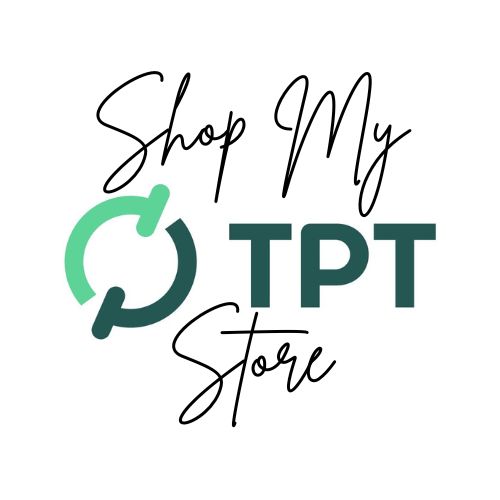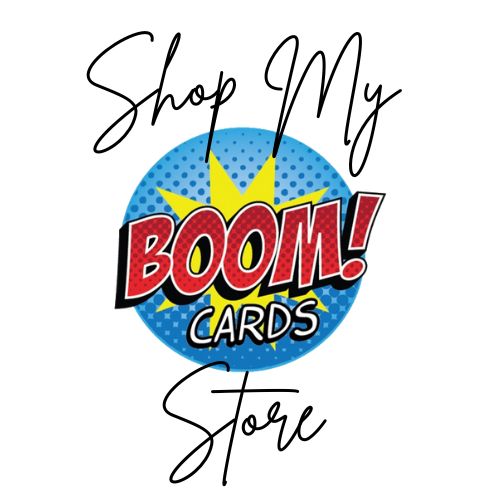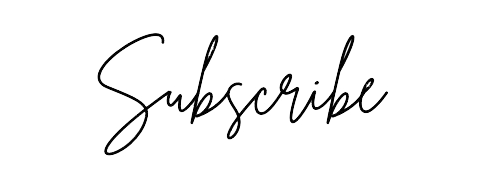Has anyone else gotten the gut-wrenching feeling that comes when you go to write your third IEP of the week and realize at 10:00 pm the night before that you don’t have all the information you need to finish the IEP?
When writing IEPs, sometimes you are missing a report or test scores from another service provider, maybe it is data regarding reading, or perhaps you need more information on the services or present levels pages. I have found that it is helpful to think ahead and be aware of what will be needed. For example, I often dread writing the present levels page of the IEP because it includes MANY items. IEPs differ between states and school districts but they usually include the student’s present level of performance in most of the following areas: Pre-academic/academic (math, reading, etc.), communication development, social/emotional/behavioral, vocational, adaptive/daily living skills, health including gross motor and fine motor, as well as documenting parental concerns and student strengths/interests.
It is helpful to have the present level page from the previous year and then make updates, but this isn’t possible when you are faced with the initial blank IEP. So print out a blank copy of the present level page and tuck in your working student folder. You can add details as you learn them during your assessment, file review, or teacher/parent interviews. I did find that it does get easier the more IEPs I did because after a while my ears would tend to perk up when I learned new information, received updated data/scores or I would even remember to ask for specific information.
However, if you are a newer teacher, I suggest that you get to know your IEP forms, and study completed IEPs of your students. Also, be sure to look at it from the standpoint of writing the next year’s IEP. Find a way to document information so you can return to it when it’s time to write the IEP. You can have a notes page in your teacher binder, or in the student file. You might have sticky notes handy around your class or in your inclusion tote/cart/binder. Then you can jot notes down here and there when you see student performance or after you speak with a general ed teacher. Then you can look back at them when it is time to write the IEP. Many people like high tech stuff, so you might use a general Notes app or something more sophisticated to keep notes on your phone or tablet (or create a Google Docs paperless file). However, I have found that when I’m working with a group of students it is easier to jot something down on the edge of the lesson plan paper or on a sticky note, rather than take the time to get my phone out, unlock it, open an app and then type notes in (especially if your school frowns upon using phones in the classroom). So writing with a pencil on paper/sticky note really helped me over the years to keep track of how my students are doing in their general ed classes.
As the IEP date approaches you will need some specific information from the general ed teachers, reading intervention teachers, etc. To help with that when writing IEPs, I created a resource that works for special ed teachers and SLP’s who work with students in the general ed setting and need input from the general ed teachers. Most speech/language pathologists see students once a week. As a resource teacher, I might see students 3-5 times a week, but even so, it is difficult to know every piece of information to write a good, solid Present Level section of the IEP. This is especially the case on consult students who are seen monthly or less. So the first form follows the order of items on my district’s Present Level IEP page. I just list everything out and go over the form with the student’s general ed teacher, or send it to them by putting it in their box or email.

Several forms are included. Form #1 is more detailed for you to use to gather information before initial, annual and triennial IEP meetings. Get information in narrative form, test scores, or have teachers circle answer choices. The information will help you write the student’s present levels on the IEP. What is great about this resource, is that you can edit the form as needed to fit your needs, grade levels, and student population.
I will also give you this tip. Sometimes you will already have some info needed on the form. When that is the case, I will always fill those parts in before giving to the teacher. It is my little way of showing that I know everyone’s time is important! I also will cross out sections that don’t need to be completed.
Form #2 is more of a quick check in with teachers and several versions are included. I know I am in the class often but I don’t want to interrupt the class to ask the teacher specific questions about how my student(s) is/are doing. This way I can use Form #2 to quickly touch base. Teachers can quickly say all is going well or share a concern or a positive highlight for the student, or just indicate he/she needs to talk to me further. This helps you know where you need to follow up. Also, it provides a paper trail showing the teacher didn’t have any concerns on a certain day.
In addition, Form #2 is available in Google Forms format. You will need to follow the directions to request the form from me by email. When you get the link, you must use the “Save as” component to save the form as your own before using it so that you will get the results of any form you send out.
So those are some ways to gather information when writing IEPs. If you are interested in my forms, check them out here. I hope this makes your teaching and IEP writing easier! I know that in my 20+ years being an IEP case manager these forms have improved my communication with teachers and staff to give me valuable information and data I have used to write IEPs.
By the way, in California, we are called RSP teachers (Resource Specialist Program). We work with students via inclusion, push-in, pull-out and co-teaching models. We are the IEP case manager so we write the IEPs and coordinate services from other providers. I know this type of teacher has different names in different states!
Finally, please leave a comment with other questions concerning IEP writing, and I’ll try to answer them in a future blog post!








